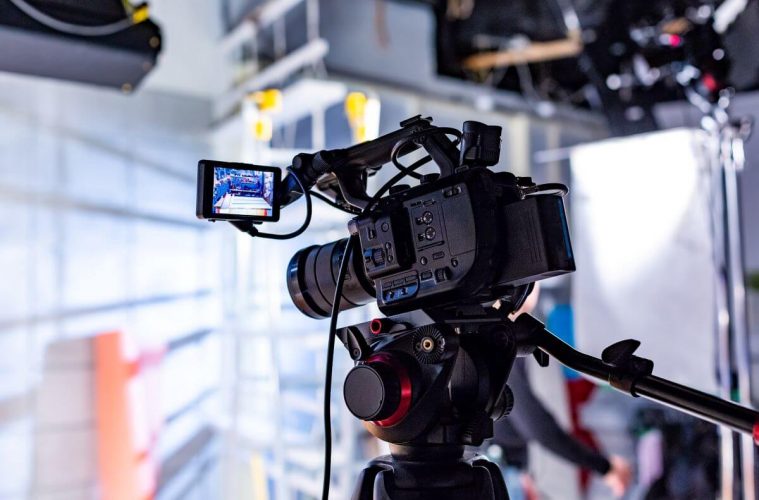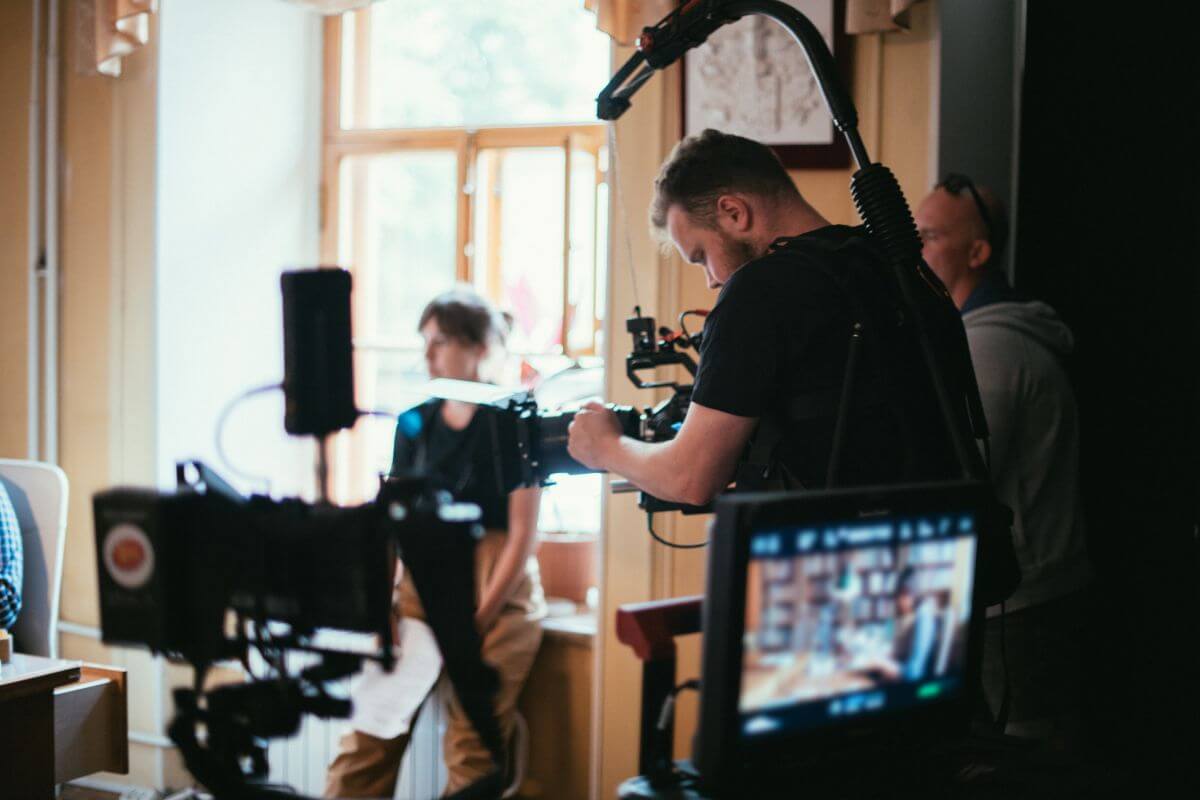Producing polished video content on a limited budget is a common challenge for independent creators, educators, and small businesses. While high-end production values are often out of reach, achieving professional-looking results is still possible with careful planning and strategic decisions. Success depends on knowing where to invest your time and resources to maximise impact. Visual storytelling, smart editing, and accessible voice talent all play critical roles in creating content that looks and sounds professional.
Prioritising Narration for Audience Retention
The difference between amateur and professional video often lies in the quality of the voiceover. Budget constraints typically force compromises, but audio should not be one of them. Audiences quickly disengage when dialogue sounds unclear or lacks presence. In contrast, clear, well-delivered narration can hold attention even when visuals are modest.
One of the most effective ways to elevate a project’s impact is by working with professionals. Partnering with a dedicated provider like Matinée offers access to skilled narrators who deliver consistent, broadcast-quality recordings. This small investment can make a large difference in viewer perception.
British voice over narration is valued globally for its trustworthiness and articulate tone. Whether you’re creating training modules, product explainers, or promotional content, this style adds professionalism. Working with experienced voice artists ensures that tone, pacing, and pronunciation align with your message.
Investing Wisely in Audio and Equipment
Even the best visuals will struggle if the accompanying sound is poor. Choosing a dedicated external microphone, such as the Rode VideoMicro or the Audio-Technica ATR2100, adds clarity that built-in mics cannot match. These affordable tools improve audio quality dramatically, especially when combined with basic editing software to refine recordings.
Small environmental changes can further enhance results. Hanging blankets to reduce echo, placing cushions in corners, or recording in a wardrobe all help reduce ambient noise. For outdoor shoots, simple windscreens keep wind distortion at bay. With these adjustments, high-quality English voice over recordings become achievable even in non-studio settings.
Equipment decisions should be based on practical benefits rather than branding. An entry-level DSLR or mirrorless camera can outperform a smartphone in terms of control and flexibility, particularly when paired with a stabiliser or tripod. Meanwhile, LED lighting, either through inexpensive panels or clever DIY setups, provides the consistency needed to highlight your subject effectively.
Smart Pre-Production for Smoother Shoots
Thoughtful planning avoids last-minute panic and wasted resources. Building a clear shot list and storyboard ensures the entire team understands the vision. With fewer resources to rely on, these tools become even more valuable. They help guide setup, identify time-saving opportunities, and reduce the chance of expensive reshoots.
Write scripts tailored to your location, available talent, and on-hand props. Simple narratives often feel more authentic and easier to execute. Avoid overcomplicating with excessive characters or fantasy sequences that require costumes or effects. When resources are limited, simplicity often works better.
Free or low-cost filming locations can be found in parks, independent cafés, or with local businesses open to collaboration. In many cases, access is possible in exchange for credit or promotional use. When scouting, consider light levels, power availability, and ambient sound, as these factors influence both video and audio quality.
Optimising Scripts for Voice Recording
When preparing content for narration, scripting becomes even more important. Clean, concise lines avoid confusion. Complex terms should be accompanied by pronunciation notes to prevent errors during recording. If working with British voice over artists, mention preferred regional accents or tone requirements in the brief. These small steps reduce the need for retakes and simplify editing later.
Voice recording should be considered early. Budget shoots often bundle all narration on the same day, so grouping similar sections and reviewing scripts beforehand streamlines the process. Clear instructions on emphasis, timing, and delivery style ensure the end result matches your creative goals.
Enhancing Content Through Post-Production
Post-production is where basic footage becomes a professional product. Free tools like DaVinci Resolve or Shotcut allow users to make colour corrections, apply filters, and clean up sound. Adjusting saturation, contrast, and white balance can dramatically transform the look of raw clips, making them feel cohesive and dynamic.
On the audio side, simple tweaks such as compression and equalisation can smooth out narration and eliminate distracting elements. Adding royalty-free music builds momentum and emotional engagement. Captions also help reach audiences who watch without sound, especially on mobile platforms or in public settings.
Simple editing techniques often outperform flashy effects. Avoid overusing transitions or filters that may date the video. Straight cuts, occasional fades, and strong continuity between scenes preserve a viewer’s focus on the message rather than the mechanics.
Choosing the Right Voice for Your Brand
Voice over selection should reflect your brand personality and resonate with the target audience. The right voice artist can convey warmth, authority, humour, or urgency, depending on the goal of your video. British voice over narration works well for educational and corporate content due to its formal and engaging tone.
Professional voice talent also saves time. They require fewer takes, make fewer errors, and understand how to shape content for impact. Providing a well-prepared script, along with direction on pacing and tone, ensures alignment with your vision and avoids miscommunication.
Involving your chosen voice artist early allows them to flag potential script issues, clarify pronunciation, and better match your intended message. This collaborative approach reduces the need for later revisions, keeping your project on track and within budget.
Distribution That Works Hard for You
Once your video is complete, getting it in front of the right audience becomes the next goal. Releasing platform-specific edits helps content feel more native, increasing the chances of engagement. Vertical formats suit TikTok and Stories, square works for Instagram, and widescreen remains ideal for YouTube and websites.
Repurposing content is a valuable strategy. From one shoot, you can create a main video, shorter teaser clips, behind-the-scenes footage, and stills for promotional graphics. This approach extends your reach and ensures you get the most from your time and budget.
Track how your audience engages with each piece of content. Viewer behaviour tells you which formats, topics, or durations resonate most. These insights should shape your next production decisions, allowing you to make informed changes that improve results over time.
Tailoring Content to Platform Expectations
Each platform comes with its own standards and viewer habits. Matching those expectations helps videos perform better. For example, short, energetic intros work well on TikTok, while YouTube allows for more detailed beginnings. Understanding how users interact with each space ensures your message lands effectively.
Adding captions increases accessibility and boosts viewer retention. Many social media users watch without sound, particularly in public or work settings. Captions make sure your content remains understandable, regardless of environment. This is especially important when your narration carries key educational or informational content.
Strong calls to action guide viewers to the next step, whether exploring your website, watching another video, or making a purchase. Make these prompts clear, relevant, and easy to act on. Even encouraging likes, shares, or comments can increase visibility organically for smaller projects.
Professional Results Without Big Budgets
Working within financial limits doesn’t have to mean compromising quality. Even modest video projects can deliver strong results through smart planning, prioritised audio, and thoughtful post-production. Partnering with experienced English voice-over professionals brings authority and polish, helping your message land with clarity and impact.
By focusing on fundamentals and planning every step carefully, small-budget productions can look and sound far more expensive than they are. Professional video creation is within reach with the right tools and mindset, even when funds are tight.





